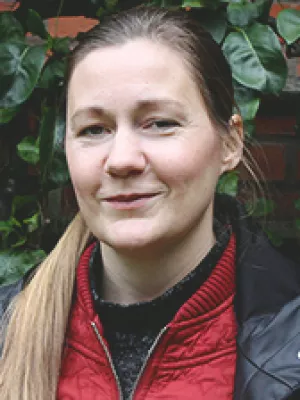
Susanna Johansson
Universitetslektor och docent i socialt arbete

Does Collaboration Include or Exclude? Participatory Aspects of Collaboration between Welfare Agencies when Investigating Suspected Child Abuse
Författare
Summary, in English
Avdelning/ar
- Rättssociologiska institutionen
Publiceringsår
2008
Språk
Engelska
Dokumenttyp
Konferensbidrag
Ämne
- Law and Society
Nyckelord
- child abuse
- inclusion
- exclusion
- participation
- governance
- inter-professional
- integrated services
- consultation
- collaboration
- competing norms
- Children's Advocacy Centers
- sociology of law
- barnahus
Conference name
Law and Justice in the Risk Society, the Research Committee of Sociology of Law, annual meeting.
Conference date
2008-07-09 - 2008-07-12
Conference place
Milan and Como, Italy
Status
Unpublished
Projekt
- Utvärdering av nationell försöksverksamhet med barnahus
Forskningsgrupp
- Barnahusgruppen

